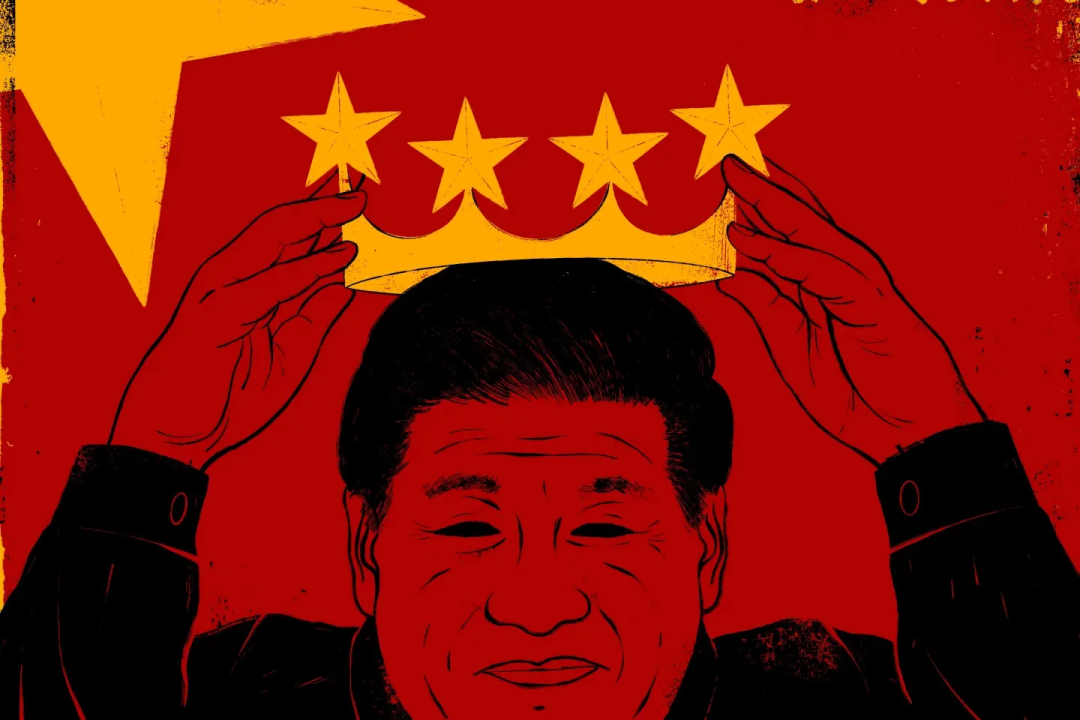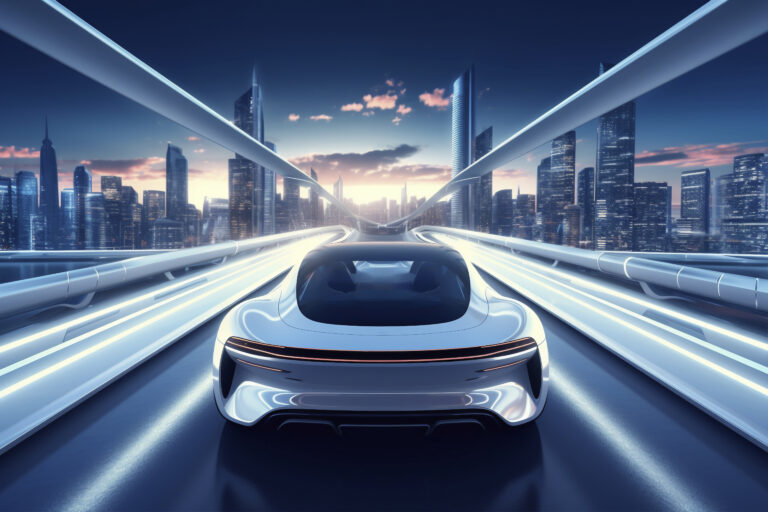How China Could Become the Next Global Superpower: A Comprehensive Analysis of Economic, Political, and Military Growth
China’s rapid rise in the global arena has led to widespread speculation about whether it will become the next global superpower. With its burgeoning economy, expanding military capabilities, and increasing political influence, China is positioning itself as a formidable challenger to the existing global order, currently dominated by the United States. However, the road to superpower status is complex, requiring not just economic might but also political stability, technological innovation, military strength, and global influence.
In this analysis, we will explore how China is leveraging these elements to position itself as the next global superpower. We will also examine the challenges that lie ahead and how the global geopolitical landscape might shift in response to China’s ambitions.

I. Economic Power: The Foundation of China’s Superpower Ambitions
1. The Growth of China’s Economy
China’s economic rise has been nothing short of meteoric. Over the past few decades, the country has transformed itself from a largely agrarian society into the world’s second-largest economy, with a GDP of over $17 trillion as of 2021. This rapid growth has been fueled by industrialization, infrastructure development, and export-oriented policies, making China a vital player in global supply chains.
One of the key drivers of China’s economic growth has been its manufacturing sector, which has earned it the title “the world’s factory.” By producing goods at scale and at lower costs, China has become indispensable to global trade. In addition, the country has invested heavily in infrastructure, developing world-class cities, transportation networks, and special economic zones that have attracted foreign investment.
- Reference: “China’s Economic Growth and Its Implications for Global Power,” Journal of Global Economic Studies, 2022.
2. Technological Advancements and Innovation
In recent years, China has made significant strides in technology and innovation, positioning itself as a leader in areas like artificial intelligence (AI), 5G technology, renewable energy, and quantum computing. The government’s “Made in China 2025” initiative seeks to reduce dependence on foreign technology and establish China as a leader in high-tech industries.
China’s tech giants, including Huawei, Tencent, and Alibaba, have expanded their global influence, challenging Western companies in various sectors. In addition, China is investing heavily in research and development (R&D), with total R&D spending reaching $378 billion in 2021, surpassing the European Union and second only to the United States.
- Reference: “The Role of Technological Innovation in China’s Superpower Aspirations,” Tech and Policy Journal, 2021.
II. Military Strength: Expanding Capabilities and Strategic Influence
1. Modernization of China’s Military
China’s military, officially known as the People’s Liberation Army (PLA), has undergone significant modernization over the past two decades. With an annual defense budget of over $252 billion, second only to the United States, China has invested in upgrading its air, land, and naval capabilities. The PLA has also focused on cyber and space warfare, recognizing the importance of these domains in modern conflicts.
A key aspect of China’s military growth is its naval expansion. The PLA Navy is now the largest in the world by fleet size, boasting advanced aircraft carriers, submarines, and missile systems. This naval power projection has allowed China to assert its dominance in the South China Sea, a strategically important region for global trade.
- Reference: “China’s Military Modernization: A Path to Global Superpower Status,” Defense and Security Review, 2020.
2. Strategic Military Alliances and Influence
In addition to building up its military, China is seeking to expand its influence through strategic military partnerships and alliances. China has strengthened its ties with Russia, Pakistan, and other nations through joint military exercises, arms sales, and diplomatic efforts. These alliances not only enhance China’s military reach but also provide it with a platform to counterbalance U.S. influence in various regions.
China’s Belt and Road Initiative (BRI) also plays a role in expanding its strategic military influence. By investing in infrastructure projects in Asia, Africa, and Europe, China is gaining access to critical ports, airfields, and transportation routes that could be utilized for military purposes in the future.
- Reference: “Military Alliances and China’s Path to Superpower Status,” Journal of Global Defense Studies, 2021.
III. Political Influence and Diplomacy: Shaping a New Global Order

1. China’s Diplomatic Strategy
China’s approach to global diplomacy is multifaceted, focusing on economic partnerships, multilateral organizations, and soft power. The Belt and Road Initiative is a central component of China’s diplomatic strategy. By financing infrastructure projects in over 60 countries, China is creating economic dependencies that can translate into political influence. This strategy is particularly effective in Africa, Southeast Asia, and Central Asia, where China’s investments are seen as alternatives to Western aid.
China’s participation in global organizations, including the United Nations, World Health Organization (WHO), and World Trade Organization (WTO), also boosts its diplomatic clout. By actively shaping the policies of these organizations, China is positioning itself as a key player in global governance.
- Reference: “The Rise of China’s Diplomatic Power: A Study of Economic Influence and Global Leadership,” Global Policy Review, 2022.
2. Soft Power and Cultural Diplomacy
In addition to economic and military power, China is investing in soft power to enhance its global image. Cultural diplomacy, including the promotion of Chinese language, art, and traditions, is a critical part of China’s soft power strategy. The government has established Confucius Institutes around the world to promote Chinese culture and language learning, while Chinese media outlets like CGTN and Xinhua News Agency are expanding their global reach to counter Western narratives.
China has also made significant investments in international education, attracting foreign students to its universities. This exchange of knowledge and culture fosters diplomatic goodwill and promotes Chinese values on the global stage.
- Reference: “Soft Power and Cultural Diplomacy in China’s Rise to Global Influence,” Journal of International Relations, 2021.
IV. Challenges and Obstacles to China’s Superpower Status
1. Internal Challenges: Economic Inequality and Political Instability
Despite its rapid growth, China faces several internal challenges that could hinder its ascent to superpower status. Economic inequality is a significant issue, with the wealth gap between urban and rural areas widening. While coastal cities like Shanghai and Beijing have prospered, rural regions lag behind in terms of infrastructure, education, and healthcare.
Political instability is another potential obstacle. China’s one-party system, led by the Chinese Communist Party (CCP), has been criticized for suppressing dissent and limiting political freedoms. While the CCP maintains tight control over the country, unrest in regions like Hong Kong and Xinjiang poses challenges to national stability.
- Reference: “Internal Challenges to China’s Superpower Ambitions: A Study of Economic and Political Issues,” Asian Political Review, 2022.
2. Geopolitical Tensions and Global Resistance
As China’s influence grows, so does resistance from other global powers. The United States, in particular, views China’s rise as a challenge to its own hegemony, leading to a new era of great power competition. This tension is evident in trade disputes, military confrontations in the South China Sea, and diplomatic conflicts over issues like Taiwan and human rights.
In addition to the U.S., other countries in the Asia-Pacific region are wary of China’s growing power. Nations like India, Japan, and Australia are strengthening their military alliances to counterbalance China’s influence. The Quadrilateral Security Dialogue (Quad), an alliance between the U.S., India, Japan, and Australia, is a direct response to China’s expansion in the Indo-Pacific region.
- Reference: “Geopolitical Tensions and China’s Path to Superpower Status,” Journal of International Affairs, 2021.
V. The Role of Global Governance and Multilateralism in China’s Rise
1. China’s Role in Global Governance
As China ascends the global power ladder, its role in global governance will become increasingly important. China has already taken a leading role in institutions like the Asian Infrastructure Investment Bank (AIIB) and the Shanghai Cooperation Organization (SCO), challenging the dominance of Western-led institutions like the World Bank and IMF.
China’s growing influence in global governance raises questions about how it will shape the future of international norms and values. Will China promote a more authoritarian, state-controlled model of governance, or will it adhere to the liberal democratic values championed by the West?
- Reference: “China’s Role in Global Governance: Challenges and Opportunities for the New World Order,” International Policy Review, 2022.
2. Multilateralism vs. Bilateralism
While China is a proponent of multilateralism, particularly through its involvement in the United Nations and other global institutions, it also engages in bilateral diplomacy to advance its strategic interests. The Belt and Road Initiative is a prime example of how China uses bilateral agreements to build influence in developing nations. However, this dual approach may create tensions with other global powers that prioritize multilateral cooperation.
- Reference: “The Balance of Multilateralism and Bilateralism in China’s Global Strategy,” Journal of Global Governance, 2020.
Conclusion
China’s potential to become the next global superpower is evident in its economic growth, military expansion, and political influence. However, the path to superpower status is fraught with challenges, both internal and external. As China continues to rise, it will need to navigate complex geopolitical tensions, address domestic issues, and play an increasingly active role in global governance. Whether China can successfully transition to a superpower will depend on its ability
to adapt to the evolving global landscape while maintaining its economic and political stability.
References
- “China’s Economic Growth and Its Implications for Global Power,” Journal of Global Economic Studies, 2022.
- “The Role of Technological Innovation in China’s Superpower Aspirations,” Tech and Policy Journal, 2021.
- “China’s Military Modernization: A Path to Global Superpower Status,” Defense and Security Review, 2020.
- “Military Alliances and China’s Path to Superpower Status,” Journal of Global Defense Studies, 2021.
- “The Rise of China’s Diplomatic Power: A Study of Economic Influence and Global Leadership,” Global Policy Review, 2022.
- “Soft Power and Cultural Diplomacy in China’s Rise to Global Influence,” Journal of International Relations, 2021.
- “Internal Challenges to China’s Superpower Ambitions: A Study of Economic and Political Issues,” Asian Political Review, 2022.
- “Geopolitical Tensions and China’s Path to Superpower Status,” Journal of International Affairs, 2021.
- “China’s Role in Global Governance: Challenges and Opportunities for the New World Order,” International Policy Review, 2022.
- “The Balance of Multilateralism and Bilateralism in China’s Global Strategy,” Journal of Global Governance, 2020.






